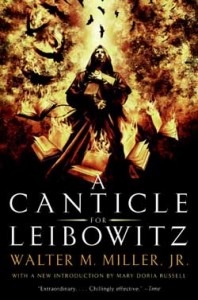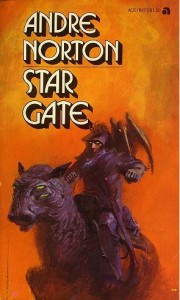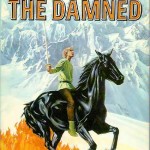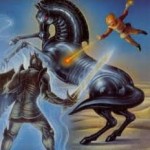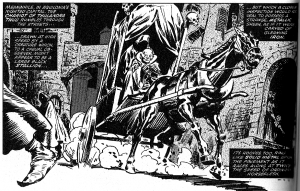My New Year’s resolution: Class up my D&D game! Instead of tankards of ale, my barbarians will swig tankards of the ’55 Chateau Margaux. And instead of drawing adventure inspiration from pulp fantasy novels, I will use art movies and articles published in the Journal of Literary Theory.
 First up: the Czech movie Melancholia, directed by Lars von Trier!
First up: the Czech movie Melancholia, directed by Lars von Trier!
The opening sequence of the movie is a series of extremely slow-motion shots of Kirsten Dunst in and around a golf course. In one shot, Kirsten is moving at a minute-hand crawl, while a cloud of insects seemed to be moving at full speed. I thought that, at the rate they were flying, they might not even be visible in Kirsten’s time frame.
I’ve already run an adventure where the party bargained with friendly quicklings, which move so fast that humans cannot understand their speech. The quicklings overcame this obstacle by drawing pictures for the humans.
On the other side of the time scale, what if PCs needed to communicate with creatures that moved incredibly slowly? The creatures might be sentient trees, like a decelerated version of Tolkien’s Ents, or they might be living statues in a palace: few even know that they are moving at all.
Imagine a ritual that can cause you to slow down to their speed. As you cast it, the sun overhead would accelerate until it was flickering overhead. You’d hear a bass growl, which would raise in pitch until you recognized it as the speech of the trees, or statues.
You’d want to conduct your interview quickly. The DM would track the number of sentences you exchanged with the statues (or trees): each one would cost a month of game time.
(My review of the rest of Melancholia: Right before I went to see the movie, I read Nancy Balbirer quoting David Mamet: “In show business, women who are lucky enough to find employment are asked to do only two things in every role they ever play: take your shirt off and cry.” Melancholia did not disprove this postulate.)


